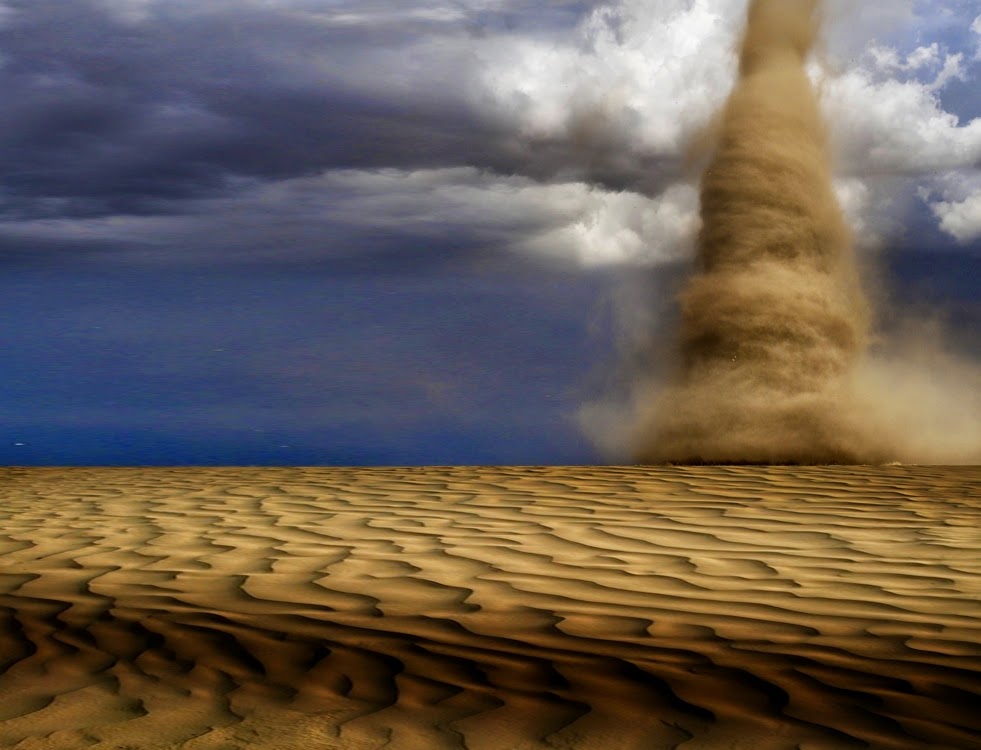Safety Measures and Best Practices: Skydiving Accident Dust Devil

Dust devils, while captivating, can pose a significant threat to skydivers, especially during landings. It is crucial to prioritize safety and implement best practices to mitigate the risk of encounters with these unpredictable weather phenomena.
Weather Forecasting and Monitoring
Accurate weather forecasting and monitoring play a vital role in identifying potential dust devil activity. Before any skydiving jump, skydivers should consult reliable weather sources, such as the National Weather Service, to obtain up-to-date information on wind conditions, temperature, and atmospheric stability.
- Wind Speed and Direction: Dust devils typically form in areas with light winds, usually less than 10 miles per hour. Skydivers should pay close attention to wind patterns and avoid jumping in areas with strong or gusty winds.
- Temperature and Humidity: Dust devils often form on hot, dry days with low humidity. High temperatures create unstable air conditions, making it more likely for dust devils to develop.
- Atmospheric Stability: A stable atmosphere, characterized by cool air above and warm air below, inhibits dust devil formation. Skydivers should be aware of the atmospheric stability conditions before jumping.
Training Program for Skydivers, Skydiving accident dust devil
Developing a comprehensive training program for skydivers to enhance their awareness and response to dust devils during jumps is essential. This program should incorporate theoretical knowledge and practical exercises.
- Dust Devil Identification: Training should focus on recognizing the visual cues associated with dust devils, including swirling dust or debris, a column of rising air, and a distinct vortex shape.
- Dust Devil Avoidance Strategies: Skydivers should learn how to identify potential dust devil formation areas and develop strategies to avoid them. This includes staying clear of open fields, dry riverbeds, and areas with loose soil.
- Emergency Response Techniques: Skydivers should be trained on how to respond effectively if they encounter a dust devil during their descent. This might involve maneuvering their parachutes to avoid the dust devil or adjusting their landing location.
Skydiving accident dust devil – While skydiving accidents are often linked to equipment malfunction or human error, the unpredictable nature of a dust devil can add a whole new level of danger. These swirling columns of wind can reach speeds of up to 100 mph, and their unpredictable paths make them difficult to avoid.
In contrast, the athletes competing in the climbing olympics 2024 face different challenges, relying on their strength, agility, and strategic thinking to navigate their way up the rock face. Despite the different environments, both skydivers and climbers face the inherent risks of their chosen pursuits, showcasing the courage and determination of those who push the boundaries of human potential.
A dust devil swirling across the landing zone during a skydiving trip can be a scary sight, just like the recent nassau county ban masks decision has been for some. While both events can be disruptive and unexpected, proper preparation and awareness can help minimize the risks.
Just like experienced skydivers know how to navigate wind conditions, understanding the potential consequences of policy changes is crucial for making informed decisions in any situation.